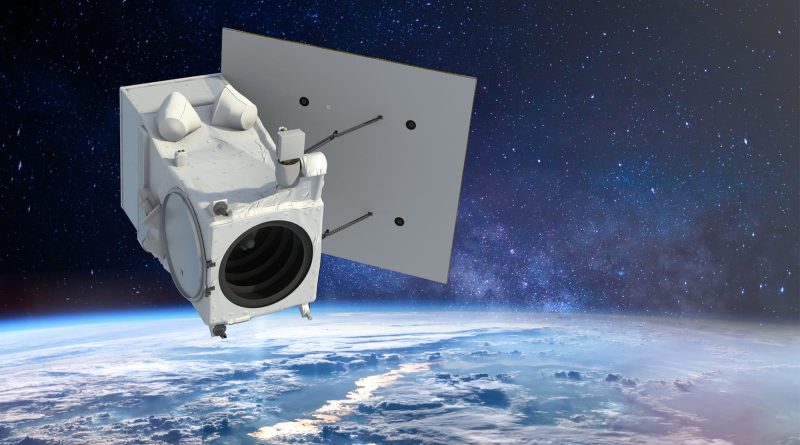RTX’s new generation of commercial satellite imagers launches with Maxar’s WorldView Legion Advanced imagers will provide high-resolution visual data in real-time
Two next-generation imaging instruments designed by Raytheon, an RTX business, launched yesterday as part of Maxar’s WorldView Legion satellites. These are the first two of six planned WorldView Legion satellites, which will provide a significant leap forward in Earth observation capabilities, offering improved surveillance and monitoring for a wide range of applications.
Positioned in low Earth orbit, the satellites will provide the highest commercially available resolution. When all six join the Maxar Intelligence constellation, they will enable a revisit rate of up to 15 times per day over the most populated parts of Earth. These WorldView Legion satellites will support applications across multiple sectors, including national security, military and commercial mapping, maritime monitoring, telecommunications network planning, change detection, and feature identification.
“Raytheon’s advanced instrument technology sets a new industry standard, providing 30cm high-resolution satellite imagery that enables WorldView Legion to fulfill today’s customer needs and adapt to the evolving needs of tomorrow,” said Nicholas Yiakas, director of Civil, Commercial, and Special Programs for Raytheon.
Raytheon’s innovative telescope design culminates 15 years of research and development into a novel, more potent, and lighter optical material than previous designs. As part of the effort, Raytheon received eight patents from the U.S. Patent Office. The combination of lighter optics and electronics allowed Maxar to reduce spacecraft mass by more than two times, reducing time to orbit and launch costs.
The high-resolution image is focused onto a next-generation digital focal plane array designed and built by Raytheon to provide high-resolution multispectral images.
The satellite imagery collected by WorldView Legion will help assess humanitarian needs, provide aid to natural disasters, and give the businesses transformational capabilities, including mapping and logistical planning, insights into world events, and support of national defense.

